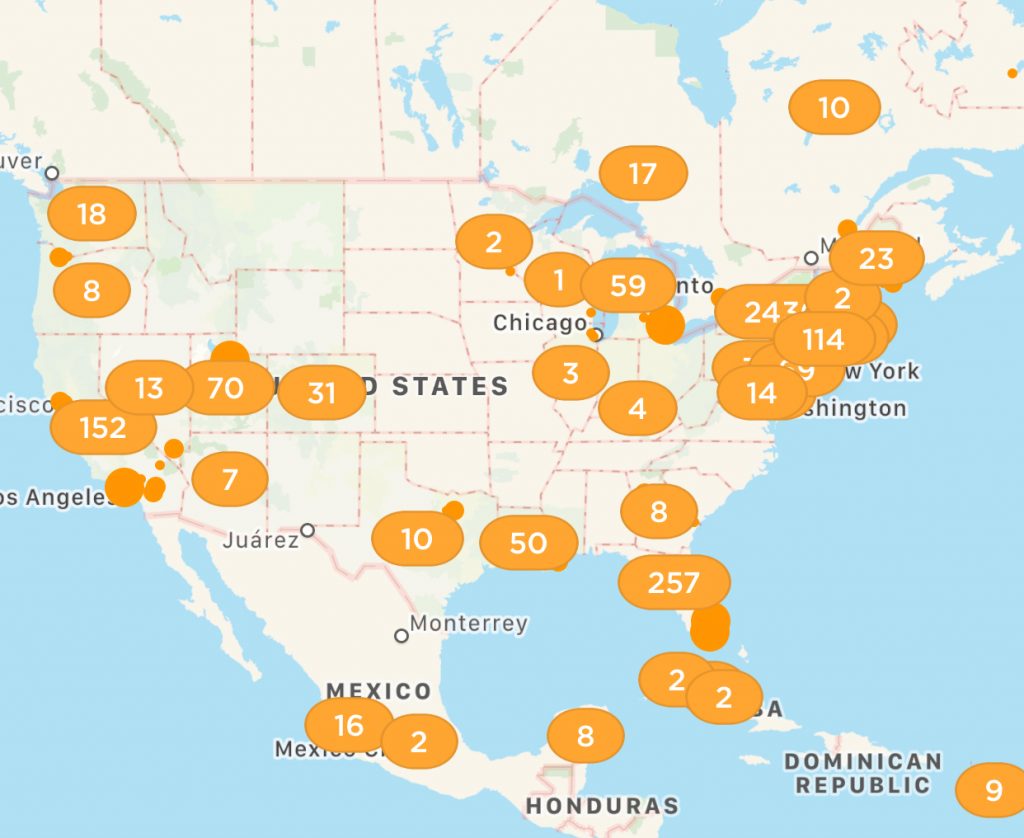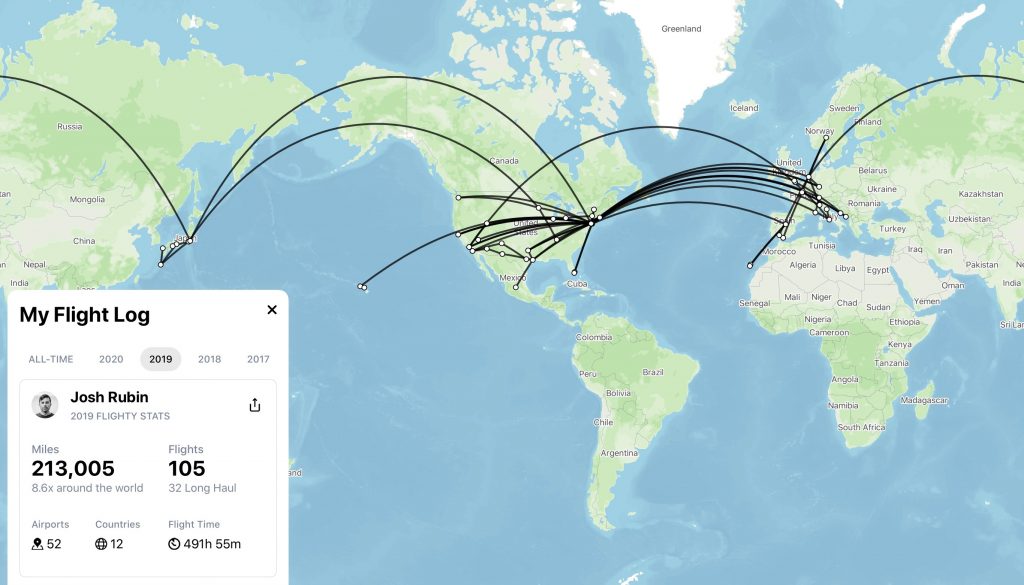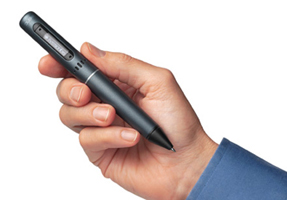Notes: On Quantifiable Taste
Harboring identity statistics that do not impact our health or wellbeing

On the morning of 2 January, I purchased my first monthly MetroCard of the decade. The act made me wonder if I had actually bought 12 of them in 2019 or if my travel schedule had prevented it. I didn’t keep track. I could have looked through Mint to see my transaction history—but I didn’t. Instead, I opened my iPhone Notes app and went to one titled Film, TV and Books 2019. These, I kept track of. My year began with Bandersnatch and ended with Bridesmaids. I read only seven books; a paltry, embarrassing figure (I should have recorded articles, as well, I suppose). I saw 30 seasons of new television—all through streaming platforms. I watched 23 films for the second, third, fourth or 15th time. And I caught 81 films for the first time; some were seen in theaters, others as screeners or, of course, on Netflix, Disney+ or Amazon Prime. It’s the third year I’ve kept these statistics. The quantified self movement began years ago to track actionable data, but I wonder if I’m trying to quantify the notion of taste.

As with many of my fellow Spotify users, I captured my year-end Wrapped details and shared them on social media. I live for these bits of information too (before Spotify provided the stats, I used Last.fm)—even though this year the pushback I received was aggressive. In the COOL HUNTING office, we have a company Spotify. This means that the numbers from my personal account reflect only transit time and when I’m home (where I’m clearly watching movies). Anyway, I accrued 16,672 minutes. “That’s low,” someone responded. “You’re a disappointment,” someone else said. I was shocked to learn that Lana Del Rey was my number one for the year, but unsurprised that Fiona Apple was my top for the decade. I continue to obsess over these details. And yet, there’s nothing more I will do with them.

I track a lot of my cultural consumption. I use Delectable to note and rate the wines I drink. I’m a huge advocate of Foursquare’s Swarm, which I use to life-log multiple times each day. I put just about everything into my Notes app. None of this is done for the sake of productivity. There are no goals behind my listening habits or filmic consumption. I do not take the data and analyze it. I also realize that none of these factoids define who I am as a person, just where I put my free time.

We are all familiar with the value in quantifiable self observations. COOL HUNTING’s founder and Executive Creative Director Josh Rubin wears an Apple Watch to gauge fitness and activity (among other things). “I also use LoseIt to track everything I eat,” he says. “Just the simple act of logging my food keeps me mindful of what I’m eating, in turn keeping my macronutrient levels and total calories in check,” he says. “And LoseIt integrates with Apple Health so the activity tracked by my watch leads to calorie bonuses. Really, I wear the Apple Watch so I can eat more food.”
Rubin and his husband, our Executive Editor, Evan Orensten also use TripIt for travel management and data-tracking. “For a better visualization of flight details, while on the go and in summary form, we use Flighty which integrates with TripIt,” Rubin says. Flighty’s end of the year recap came in useful—beyond showing one’s stamina and jet-setting, it helped Orensten ascertain an appropriate way to offset his carbon footprint. Both Rubin and Orensten’s tracking intends to elicit change.

No change will result from my records. I’ve checked in to 63 bagel shops since I joined Foursquare on 29 September 2009—and 1,417 bars. I have no intention of going to fewer bars and more bagel shops.
So, I log taste. Many of us log taste. “When the numbers are totaled, what do they mean?” our Editorial Assistant Evan Malachosky asks. “Do they mean anything?” I don’t have an answer. Malachosky, a food and drink aficionado, documents meals and menus in his camera roll. Benjamin Netter, co-founder of October, who’s off to Y Combinator with a new project, meticulously logs everything in Google Maps with time-stamps. His motivation is recollection, too. A fellow film-lover, TransferWise product manager Geoffroy Barruel uses his IMDb account “partly to remember movies I’ve seen and partly as a to-do list.” This is tracking taste without the intention of reporting.
I can’t help but feel that my efforts at logging taste amount to a Buzzfeed quiz-style of self-reflection. It coincides with our societal fixation on classification. We collect and allow the collection of so much data about ourselves, passively and actively. Rarely, however, does it offer value beyond a brief tingle of satisfaction or twinge of grief. As Katie Olsen, our Managing Editor, says, “In all honesty, I try not to count by numbers or quantify too much of what I’m doing—it makes me feel like I ‘should’ be doing more/less of many things and it’s not good for the way my brain works.”
In the office, Malachosky asked us to imagine a circumstance where we all had public-facing social media profiles that we were unable to edit, composed solely from data accrued using apps and compiled from check-ins, streaming insights and life-logging. Now that’s haunting. Numbers do not quantify taste. At the end of the day, or year, it’s not really about what the data says, if we choose to share it, or if it amounts to any sort of enviable currency, so much as the fact that we own it. It’s ours to use… during that unlikely moment when it’s necessary to share with someone that I saw 81 films in 2019.
Hero image of the flavor network by physicist Albert-László Barabási and his team at Northeastern University












